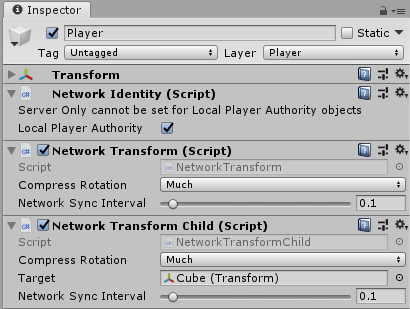* Moved doc files to docfx folder * load csproj * doc generation * Run docfx * Add docfx * Deploy docs to mirror-networking.com * use deploy phase * deploy whole generated site * Fixed the semantic release command * Is last \ required? * show debug log * using lftp for site deploy * Testing lftp * Show current folder * try -e command option * Show me the files * use plain ftp * use choco install instead of cinst * fix ssl certificate validation * fix username * Upload site to xmldocs folder * no need to archive docs * No need for debug output * Fix file permissions * show me .htaccess * Show me contents * Wipe out folder to fix permissions * Set file permissions * Fix file permissions * complete toc list * Migrated intro page * Remove old docs * Update link to docs * Add link to github * Only update docs for stuff in master * This is a powershell command * Update doc/articles/Concepts/Communications/RemoteActions.md * Update doc/articles/Concepts/VisibilityCustom.md * Update doc/articles/Concepts/Authority.md * Update doc/articles/Concepts/GameObjects/SpawnObjectCustom.md * Update doc/articles/Concepts/Authority.md * Update doc/articles/Classes/SyncVars.md * No need to run semver twice
1.1 KiB
NetworkTransformChild
The Network Transform Child component synchronizes the position and rotation of the child game object of a game object with a Network Transform component. You should use this component in situations where you need to synchronize an independently-moving child object of a Networked game object.
To use the Network Transform Child component, attach it to the same parent game object as the Network Transform, and use the Target field to define which child game object to apply the component settings to. You can have multiple Network Transform Child components on one parent game object .
You can modify Compress Rotation to save some bandwidth when synchronizing the rotation. You can use the Network Sync Interval to specify how often it syncs (in seconds).
This component takes authority into account, so local player game objects (which have local authority) synchronize their position from the client to server, then out to other clients. Other game objects (with server authority) synchronize their position from the server to clients.
